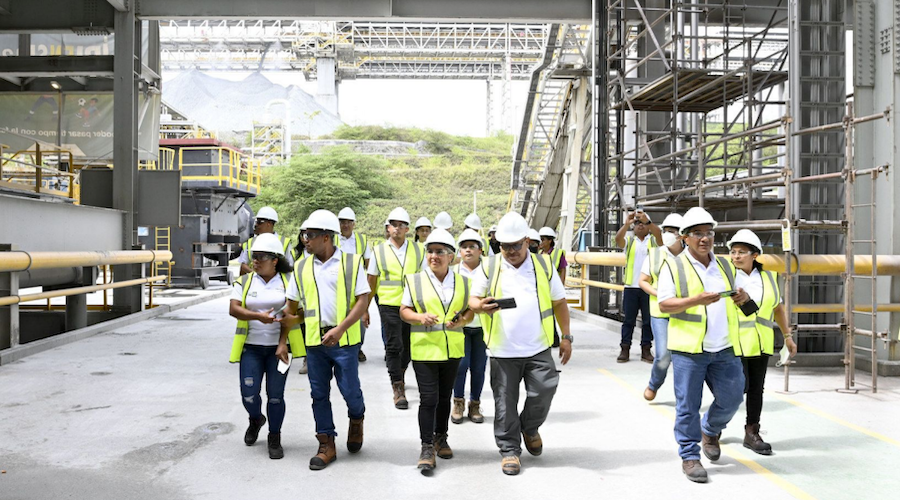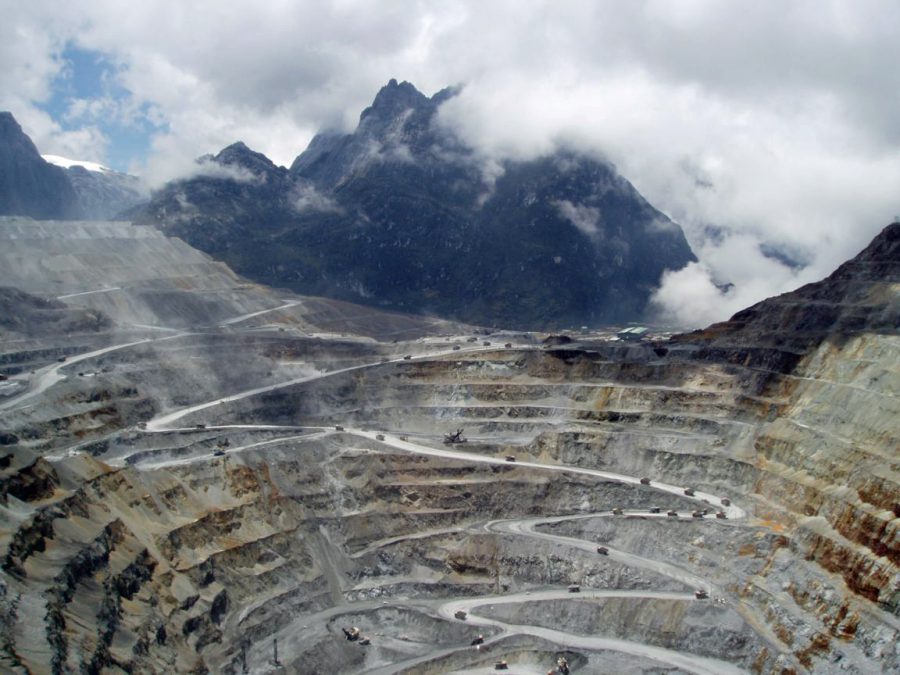OP-ED: The green economy starts with a dirt road from a mine

How are you reading this article? Chances are you are scrolling through on a smartphone, tablet, or computer. But have you ever considered what is behind the LED screen you are staring at or what was required to build the device you are holding? The average smartphone is made up of roughly 80% of the stable elements on the periodic table – all materials that were, at some point, mined.
The technologies we rely on every day increasingly depend on mining, with critical minerals specifically providing the building blocks for the emerging electrified and digitalized economy.
Critical minerals extend beyond rare earth elements to include copper, cobalt, nickel, precious metals, uranium, lithium, magnesium, and more. As market interest for solar panels, electric cars, electronics, and other clean technology grows rapidly, so does our need to responsibly develop mines.
The Government of Canada’s recently released Critical Minerals Strategy helps set the stage for our country to become a global leader in supplying surging demand and provinces across the country are in the throws of developing their own strategies.
Canada is fortunate to be rich with minerals and metals, and the world is looking to us for these crucial resources. Our nation has a major opportunity to advance global electrification while positioning Canada for unprecedented economic success.
However, we risk being unable to seize this generational opportunity at the current pace of development, a challenge that lawmakers and government officials are working hard to surmount. There are presently few advanced Canadian mine projects underway and the average length of time to permit and develop a mine is excruciatingly slow – approximately 13 years. Failure to commercialize these mineral deposits would mean an inability to realize even the best-laid climate action plans.
Consider the impact that a deficit of copper would have, for example. This conductive metal is used 2.5 times more in an electric vehicle than a conventional vehicle and is needed for the cabling that transmits energy from clean sources to our homes and businesses.
Mining plays an imperative role in what the future looks like and the responsible, but timely, sourcing of minerals and metals will be paramount
According to a report by S&P Global released in July 2022, the world can expect to encounter a 9.9 million metric ton shortfall of copper by 2035 based on current production levels. A deficit of that magnitude means a grinding halt to any intentions of reaching net-zero emissions by 2050 through electrification and a ceiling on technological advancement.
So, how do we set Canada up for success in providing the materials essential to a low-carbon transition? We need to begin aggressively identifying and responsibly developing strategic mineral deposits through shared visions with Indigenous communities.
The benefits of a thriving mining sector will extend beyond the green economy – geopolitical uncertainty around the world has forced us to secure domestic supply chains in the event that countries we currently depend on for resources weaponize them through trade manipulation, and that securitization starts with a strong domestic mining sector.
As we map out our route to a safe and sustainable world, it is important to remember where our products come from. Mining plays an imperative role in what the future looks like and the responsible, but timely, sourcing of minerals and metals will be paramount.
There is a path to net-zero emissions and a green economy, and that path starts with a dirt road from a mine.
(Keivan Hirji is director, external relations & communications for Canada at Newmont.)
More News
First Quantum pulls back from arbitration on Panama copper mine
Signals potential for more negotiations with the nation over the Cobre Panama mine that’s been shuttered for more than a year.
March 31, 2025 | 04:30 pm
Freeport-McMoRan lowers first-quarter gold sales forecast
The company said it expects first-quarter gold sales to be roughly 100,000 ounces below its prior forecast of 225,000 ounces.
March 31, 2025 | 03:41 pm
{{ commodity.name }}
{{ post.title }}
{{ post.excerpt }}
{{ post.date }}



Comments